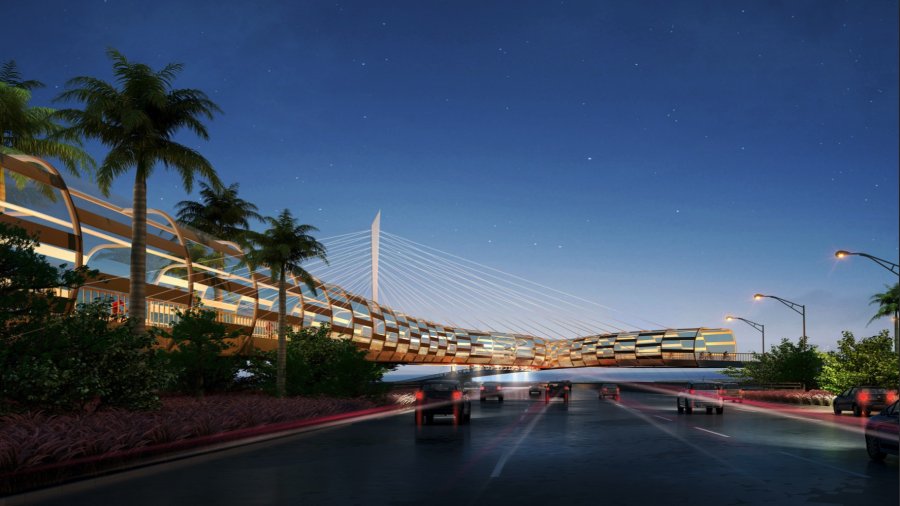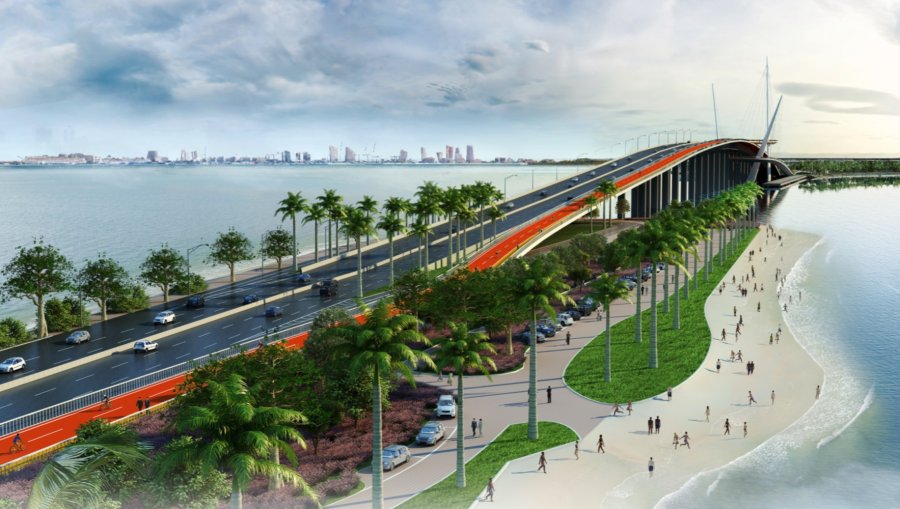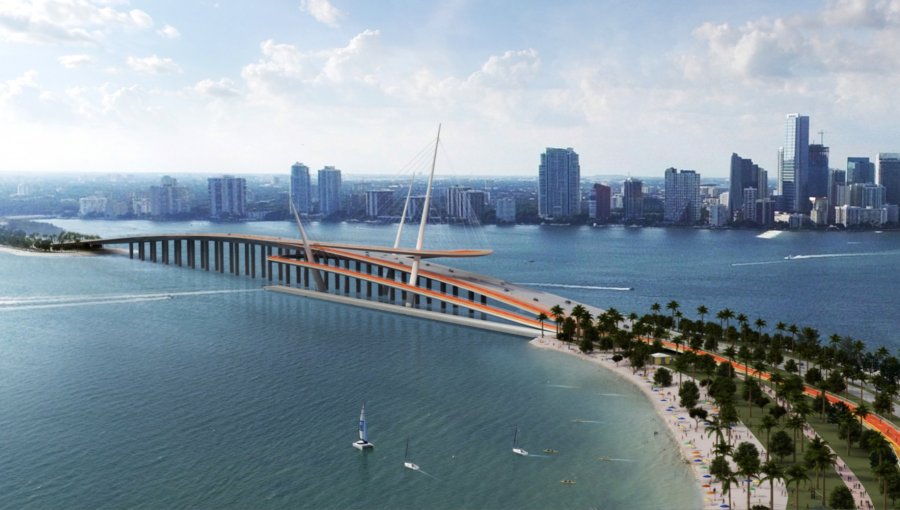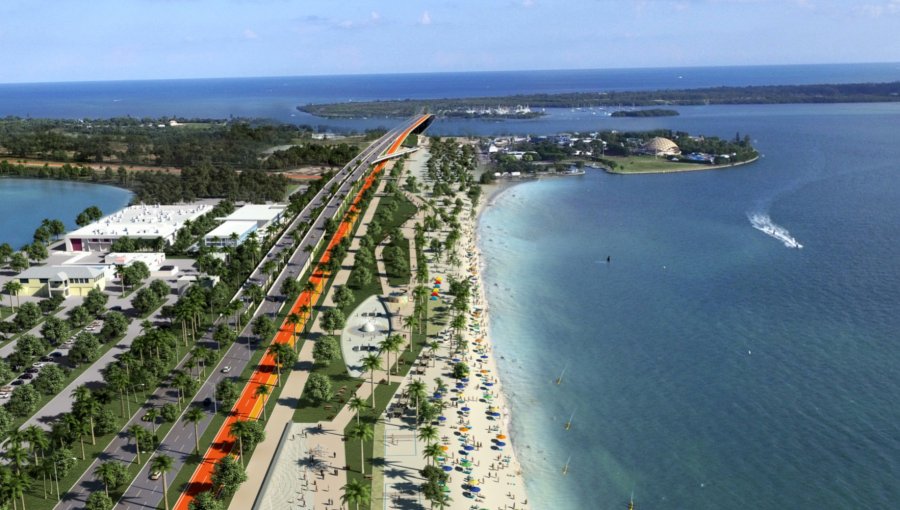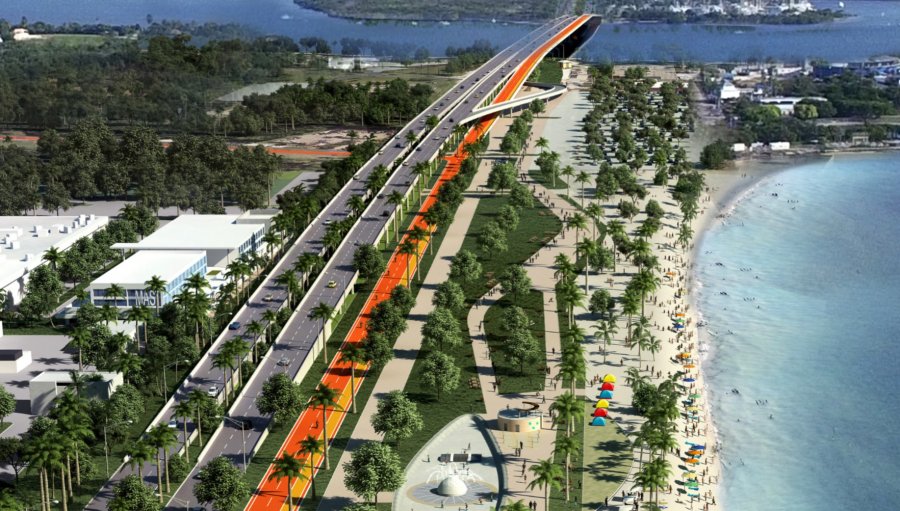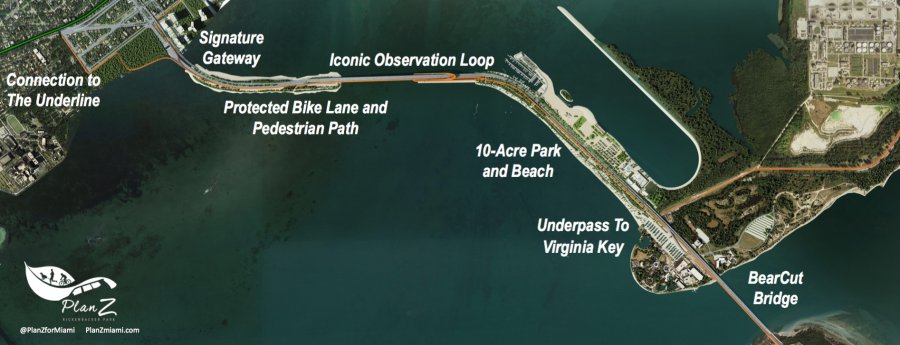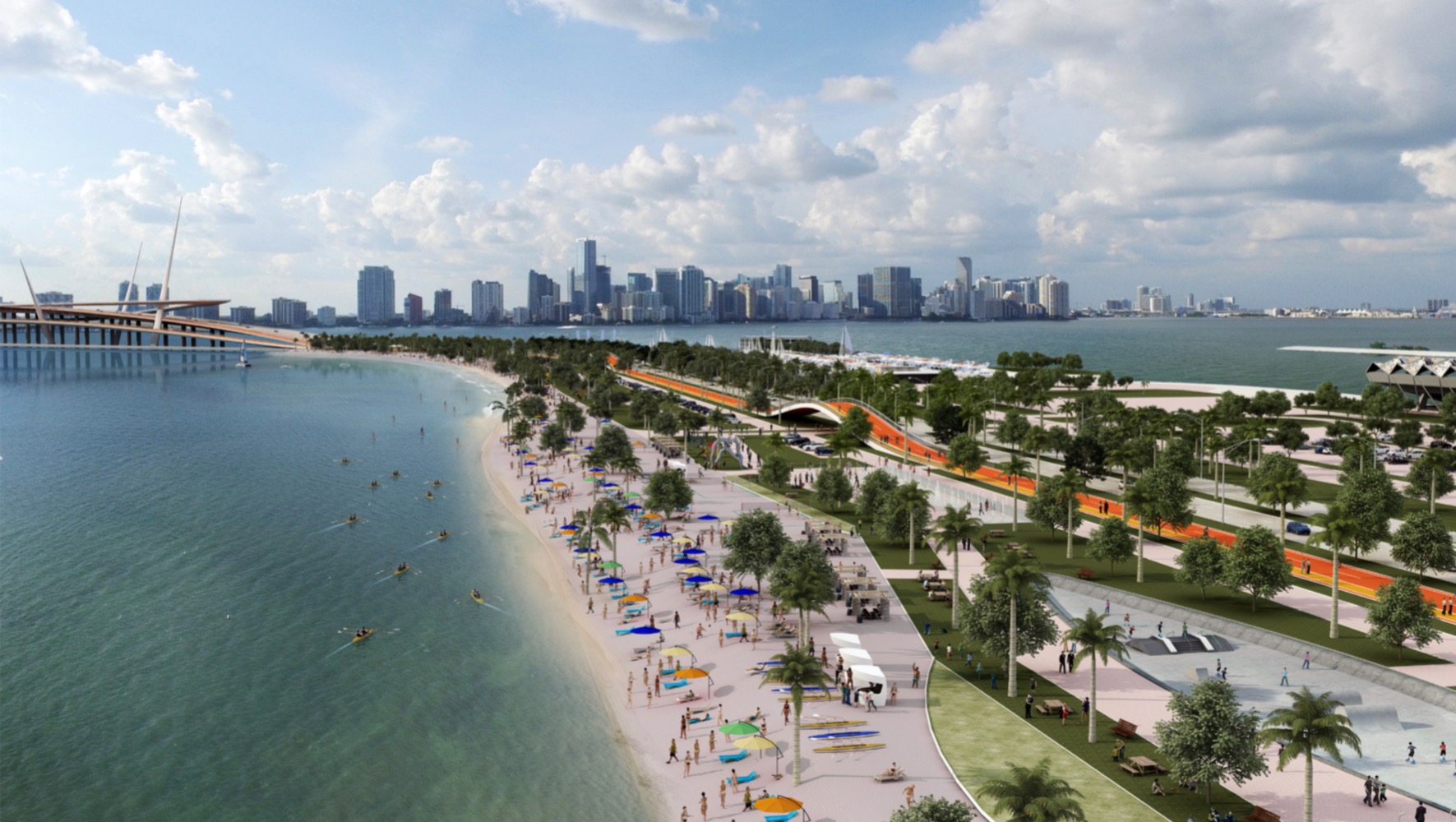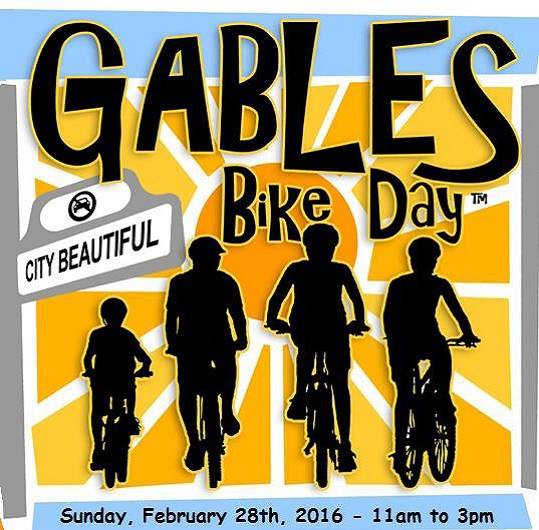In the annals of urban planning and landscape design, the original ‘Emerald Necklace’ is a string of interconnected parks in Boston designed by Fredrick Law Olmsted that link the old Boston Common with Franklin Park, looping around the city. Rickenbacker Park, a new linear park proposed by architect Bernard Zyscovich, could similarly string together a chain of existing parks and green space along the Rickenbacker Causeway, creating an emerald necklace for Miami that would be South Florida’s own version of Olmsted’s great design.
In the annals of urban planning and landscape design, the original ‘Emerald Necklace’ is a string of interconnected parks in Boston designed by Fredrick Law Olmsted that link the old Boston Common with Franklin Park, looping around the city. Rickenbacker Park, a new linear park proposed by architect Bernard Zyscovich also known as ‘Plan Z,’ could similarly string together a chain of existing parks and green space along the Rickenbacker Causeway, creating an emerald necklace for Miami that would be South Florida’s own version of Olmsted’s great design.
In the wake of a number of bicyclist fatalities, Zyscovich, an avid bicyclist who often rides over the causeway to Key Biscayne, originally conceived of the idea as a way to make the Rickenbacker safer for bicyclists. Working with architects from his own firm, “we had two immediate ideas for Plan Z. One was to make it safer. And the other is that Infrastructure is in fact open space” Zyscovich told Gridics.
He originally just wanted to add protections to the existing bicycle path, assuming the easiest way to realize the design was making it as economical and easy to implement as possible. However, as the concept evolved, and various stakeholders (Key Biscayne residents, the City of Miami, etc.) are consulted, Rickenbacker Park has become much more ambitious.
This early draft included bicycle lanes divided from traffic, often with planters, and a reduction in automotive lanes at certain sections of the road. “Our first draft was the cheapest possible way to make it better, but because of that the vision was very limited, and perceived by some as getting in the way of people getting where they wanted to go.” Primarily concerned with bicyclists, Zyscovich was becoming more attuned to motorists’ concerns. “One of the Matheson family members [a pioneer Miami family which once owned Key Biscayne] told me that even though the cyclists are scared, the motorists are scared too.”
So, he decided to plunge into the problem in the opposite direction. Zyscovich endeavored to design the ultimate park. “If budget was not an object, what is the vision we could propose that would put Rickenbacker Park in the most positive light and make traveling for the bicyclists and motorists as safe and separate as possible?”
Beginning on the mainland, with legs extending toward Alice Wainwright Park and Brickell Avenue, a ‘signature gateway’ overpass, where the Rickenbacker’s toll booths currently are, would combine bicycle lanes in two directions as well as a footpath under an overhanging shade structure. The bicycle and pedestrian paths continue over the first bridge to the north end of Hobie Island Beach Park, where the paths run on the south side of the road, completely separated from traffic by landscaping, to the second and largest of the Rickenbacker’s three bridges.
Here the paths, still separated by a railing from traffic lanes, rise up and over the bay on the high bridge, where a proposal for a lookout structure finally raises bicyclists and pedestrians above the road, then twirls and loops them below it as they descend. Although Zyscovich admits this section of the park may be too ambitious to ever actually get built, he looks at it as an extraordinary and iconic signature move. “Miami’s always talking about iconic whatever, but this is one of those iconic whatevers that is pretty cool” he said.
The heart of the design, however, is on Virginia Key, where Zyscovich proposes shifting the causeway to empty land to the north and eliminating wasted space, releasing ten acres of waterfront land for a spectacular park and beach. Here, as at every point along the causeway, bicycle and pedestrian paths would remain completely grade separated from the roadbed. The shifted road lanes would be elevated to allow connections to Virginia Key Beach Park, the Miami Marine Stadium, and the rest of the park land on the island. Finally, bicycle and pedestrian paths would continue, still completely separated from traffic, across a reconstructed Bear Cut Bridge to Crandon Park, and perhaps even Bill Baggs State Park, on Key Biscayne.
Zyscovich imagines Rickenbacker Park as the highlight of a growing network of linear parks and bicycle routes in various stages of proposal and planning around Miami, like the Underline and the Ludlam Trail. Although the road is already one of Miami’s most heavily bicycled corridors, he can imagine the Rickenbacker becoming far more of a destination for bicyclists than it is today. “The Rickenbacker will become tourist destination” Zyscovich said.
